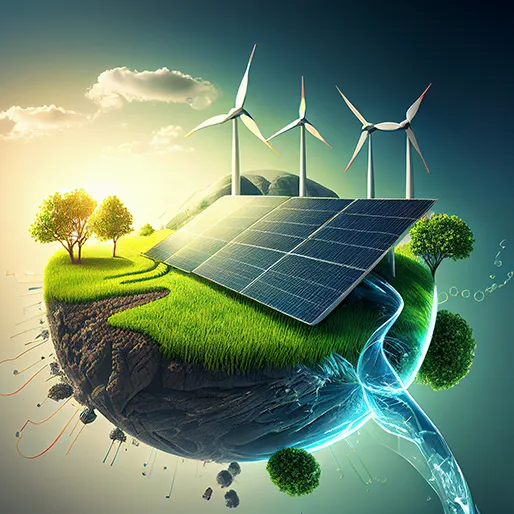Exploring Innovative Solutions for a Self-Sustaining Water Supply
Water is a precious resource that is essential for all living beings on Earth. With the increasing demand for water due to population growth, urbanization, and climate change, it is crucial to explore innovative solutions for a self-sustaining water supply. In this article, we will discuss some cutting-edge technologies and strategies that can help ensure a reliable and sustainable water source for future generations.
Water Recycling and Reuse
One of the most effective ways to create a self-sustaining water supply is through water recycling and reuse. This process involves treating wastewater and converting it into clean, potable water that can be used for various purposes such as irrigation, industrial processes, and even drinking. Advanced treatment technologies such as reverse osmosis, UV disinfection, and membrane filtration have made water recycling a viable and cost-effective solution for water scarcity.
Desalination
Desalination is another innovative solution for creating a self-sustaining water supply, especially in arid regions where freshwater sources are limited. This process involves removing salt and other impurities from seawater or brackish water to produce clean, drinkable water. While desalination plants can be expensive to build and operate, advancements in technology have made the process more energy-efficient and environmentally friendly.
Rainwater Harvesting
Another sustainable water supply solution is rainwater harvesting, which involves collecting rainwater from rooftops and storing it for later use. This practice is particularly useful in areas with seasonal rainfall patterns or limited access to freshwater sources. Rainwater can be used for irrigation, landscaping, and even household purposes, reducing the demand for treated water from municipal sources.
Smart Water Management Systems
Advances in technology have also led to the development of smart water management systems that can help monitor and optimize water usage in real-time. These systems use sensors, data analytics, and automation to detect leaks, track water consumption, and adjust water flow based on demand. By implementing smart water management solutions, cities and industries can reduce water wastage and improve overall water efficiency.
Green Infrastructure
Green infrastructure, such as green roofs, permeable pavements, and rain gardens, can also play a crucial role in creating a self-sustaining water supply. These natural systems help absorb and filter rainwater, reducing stormwater runoff and replenishing groundwater reserves. Green infrastructure not only helps mitigate flooding and erosion but also promotes biodiversity and improves the overall quality of urban environments.
Conclusion
Exploring innovative solutions for a self-sustaining water supply is essential to ensure a sustainable future for our planet. By implementing water recycling and reuse, desalination, rainwater harvesting, smart water management systems, and green infrastructure, we can work towards creating a reliable and resilient water source for generations to come. It is imperative that governments, industries, and communities collaborate to adopt these technologies and strategies to address water scarcity and promote water security worldwide.
#Exploring #Innovative #Solutions #SelfSustaining #Water #Supply

